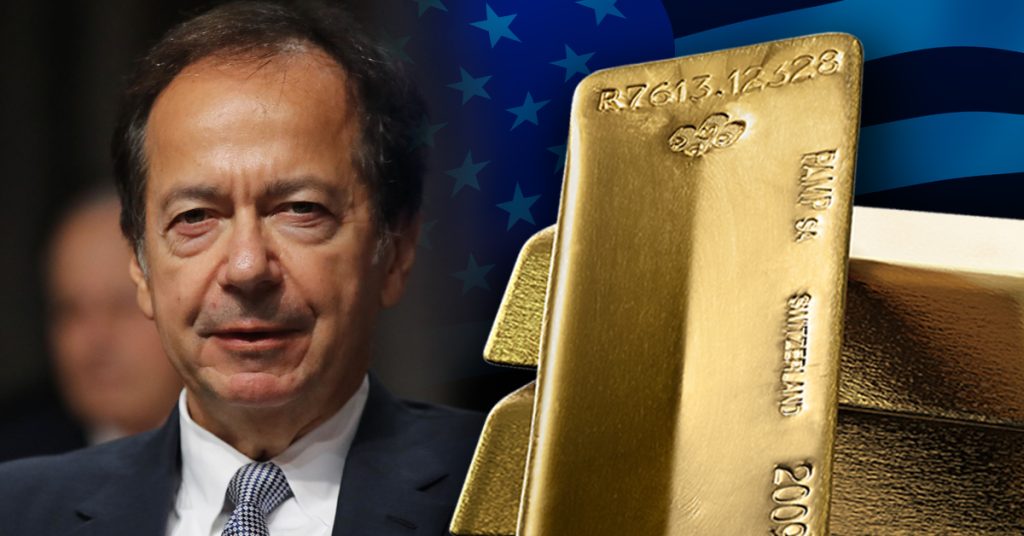Gold has long been regarded as a safe haven for investors, especially during times of economic uncertainty, geopolitical tensions, or inflation. Its historical performance offers valuable insights into the optimal times to buy and sell, revealing patterns that have been shaped by both seasonal factors and global events. Understanding these patterns can help investors refine their strategies, improving the timing of their moves in the gold market. This article explores historic buying and selling patterns, the impact of seasonal and geopolitical factors on gold’s performance, and how investors can use past data to time their next move more effectively.
Historic Buying and Selling Patterns
Gold has exhibited cyclical behavior throughout its history, with distinct patterns emerging in response to both predictable and unpredictable events. By studying these historical trends, investors can identify recurring opportunities to buy and sell gold, capitalizing on price fluctuations that occur in specific periods.
1. The Influence of Financial Crises on Gold Prices
One of the most significant patterns in gold’s history is its price movements during financial crises. Whenever there is economic turmoil, such as the 2008 global financial crisis or the 2020 COVID-19 pandemic, gold tends to see a surge in demand as investors seek safe assets to protect their wealth. These periods of crisis often present great buying opportunities, as gold prices tend to rise when equities and other assets experience volatility.
Historically, the price of gold has often surged in the aftermath of financial crashes, driven by uncertainty and loss of confidence in fiat currencies. For instance, following the 2008 crisis, gold prices shot up from around $700 per ounce to over $1,800 by 2011, marking a period of rapid growth. Similarly, the COVID-19 pandemic sent gold prices soaring from $1,500 per ounce in early 2020 to over $2,000 per ounce by the summer of the same year.
This historical trend suggests that during periods of financial distress, gold tends to perform well. As such, investors may consider accumulating gold during these turbulent times, when prices are typically at their lowest, before they rise in response to the recovery or continued uncertainty.
2. Gold Prices During Times of Political Instability
Gold also tends to perform well during periods of geopolitical instability. Conflicts, wars, and political tensions often prompt investors to seek safety in precious metals. Past geopolitical crises, such as the Gulf War, the U.S.-China trade war, and Russia’s invasion of Ukraine, have had a marked impact on gold prices. In times of conflict, gold often sees an uptick as a “flight to safety” response, where investors flock to secure, tangible assets.
For example, during the Gulf War in the early 1990s, gold prices increased sharply, as uncertainty surrounding the conflict led to increased demand. Similarly, during the U.S.-China trade war, gold prices saw steady growth as concerns over tariffs and trade imbalances caused market volatility. The invasion of Ukraine in 2022 created a similar effect, with gold surging to record highs as investors reacted to the geopolitical instability.
These geopolitical events demonstrate that gold serves as an insurance policy during times of political risk. By monitoring global political events, investors can anticipate periods when gold may see significant price increases due to heightened tensions or uncertainty.
Seasonal and Geopolitical Timing in Gold Performance
Gold’s performance is not only influenced by crises but also by seasonal trends and the timing of geopolitical events. Both these factors can play a pivotal role in determining the best times to invest in gold.
1. Seasonal Patterns in Gold Investment
Historically, gold has exhibited certain seasonal patterns, influenced by cultural and economic cycles. For example, gold prices often experience an uptick in demand during certain times of the year, such as during the Indian wedding season or Chinese New Year. India is one of the largest consumers of gold globally, with demand peaking during festivals, weddings, and holidays, leading to seasonal price increases. Chinese New Year, a significant cultural event in China, also leads to a surge in demand for gold, as people buy gold jewelry and coins as gifts.
These patterns are often referred to as “seasonal rallies” and provide investors with opportunities to buy gold ahead of these events, potentially profiting from increased demand during these periods. In addition, gold prices may decline during the off-season months, providing opportunities for buying at lower prices.
For instance, during the months of October through December, which coincide with the peak wedding season in India, gold prices tend to increase due to high demand. By contrast, January and February, when demand from these regions subsides, can see prices dip, presenting a potential buying opportunity. Recognizing these seasonal trends can help investors time their purchases and take advantage of price fluctuations.

2. Geopolitical Timing and Gold Performance
Geopolitical events, from wars to trade negotiations, have a long history of influencing the price of gold. As tensions rise in various parts of the world, investors often look to gold as a hedge against the uncertainty and volatility caused by such events. For example, when trade tensions between the U.S. and China escalated, there was a noticeable increase in gold prices as investors sought a safe-haven asset.
The ongoing conflict in Ukraine is another example of a geopolitical event that had a profound impact on gold prices. Following Russia’s invasion of Ukraine in 2022, gold prices surged as investors feared the economic and political fallout of the war. Similarly, U.S. presidential elections, Brexit, and other significant geopolitical events can create periods of volatility, which may present opportunities for investors to time their gold purchases effectively.
Geopolitical risks, especially those that involve major world economies, can result in a spike in gold prices as investors seek refuge from potential instability. By staying informed about global political events, investors can anticipate moments when gold is likely to perform well, positioning themselves accordingly.
Building Strategies Using Historical Benchmarks
By combining insights from historical buying and selling patterns with seasonal and geopolitical timing, investors can build more effective strategies for investing in gold. These strategies are based on past performance and aim to capitalize on recurring trends and patterns.
1. The Case for Accumulating Gold During Crisis Periods
The most straightforward strategy for investing in gold, based on historical patterns, is to buy during periods of economic or geopolitical instability. As mentioned earlier, financial crises and geopolitical conflicts have historically driven gold prices up as investors flock to safe-haven assets. Accumulating gold during such periods, when prices may be lower or more volatile, can provide significant upside potential as prices stabilize or rise in the wake of recovery.
Additionally, the timing of these crises is often difficult to predict, so maintaining a long-term position in gold can provide protection against unexpected downturns in the market. By focusing on long-term growth and diversifying within a broader portfolio, investors can ensure that they benefit from gold’s ability to hedge against uncertainty.
2. Capitalizing on Seasonal Price Rallies
Investors can also use seasonal trends to time their gold purchases. By monitoring key cultural and economic periods that influence gold demand, such as the Indian wedding season or Chinese New Year, investors can strategically purchase gold ahead of these events, potentially profiting from price increases during these peak periods.
Another strategy involves purchasing gold during the off-season months when prices tend to dip. This approach requires a solid understanding of when demand is typically low, allowing investors to take advantage of lower prices and hold until the next seasonal rally.
3. Geopolitical Monitoring for Timing Purchases
Investors can also adopt a more proactive approach by keeping track of geopolitical developments and adjusting their strategies accordingly. For example, if there are signs of increasing tension in the Middle East, or if a significant political event such as a presidential election is expected to cause market volatility, investors can adjust their gold holdings to align with anticipated market movements.
By maintaining a diversified portfolio and adjusting positions based on geopolitical trends, investors can maximize the performance of their gold investments. In many cases, geopolitical events serve as catalysts for gold price movements, making it essential for investors to stay informed and ready to react.
What Data Tells Us About Timing the Next Move
As we look ahead, analyzing gold’s historical data can help investors identify the best timing for the next move in the market. In addition to crisis-driven events and seasonal trends, other data sources, such as inflation rates, interest rates, and central bank policies, can provide valuable insights into gold’s future performance.
For example, if inflation rates are expected to rise or if central banks are taking action to lower interest rates, gold may experience upward pressure as investors seek protection from currency devaluation. On the other hand, rising interest rates may put downward pressure on gold prices, as investors shift their focus to interest-bearing assets.
By combining historical data with real-time economic indicators, investors can refine their strategies and make more informed decisions about when to buy or sell gold.
Conclusion
Gold has long been a trusted asset for investors, and its historical patterns offer valuable lessons for timing the market. From financial crises to geopolitical events, gold has consistently responded to global uncertainty, making it a reliable asset for wealth preservation and growth. By understanding historic buying and selling patterns, recognizing seasonal trends, and monitoring geopolitical events, investors can develop more effective strategies for investing in gold. The data suggests that, when timed well, gold can offer both security and profitability, providing an essential hedge in an ever-changing global market.




































